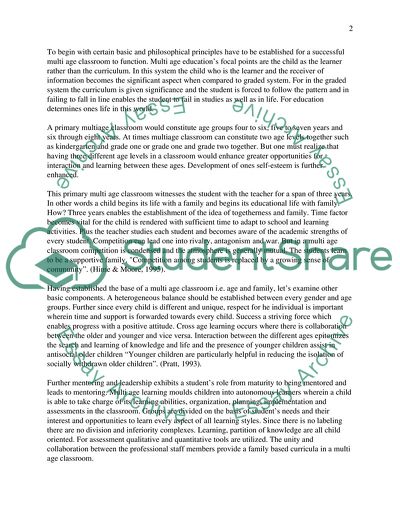Description of the Multi-Age Education Coursework Example | Topics and Well Written Essays - 3000 words. https://studentshare.org/education/1711640-education-milti-age-education
Description of the Multi-Age Education Coursework Example | Topics and Well Written Essays - 3000 Words. https://studentshare.org/education/1711640-education-milti-age-education.


